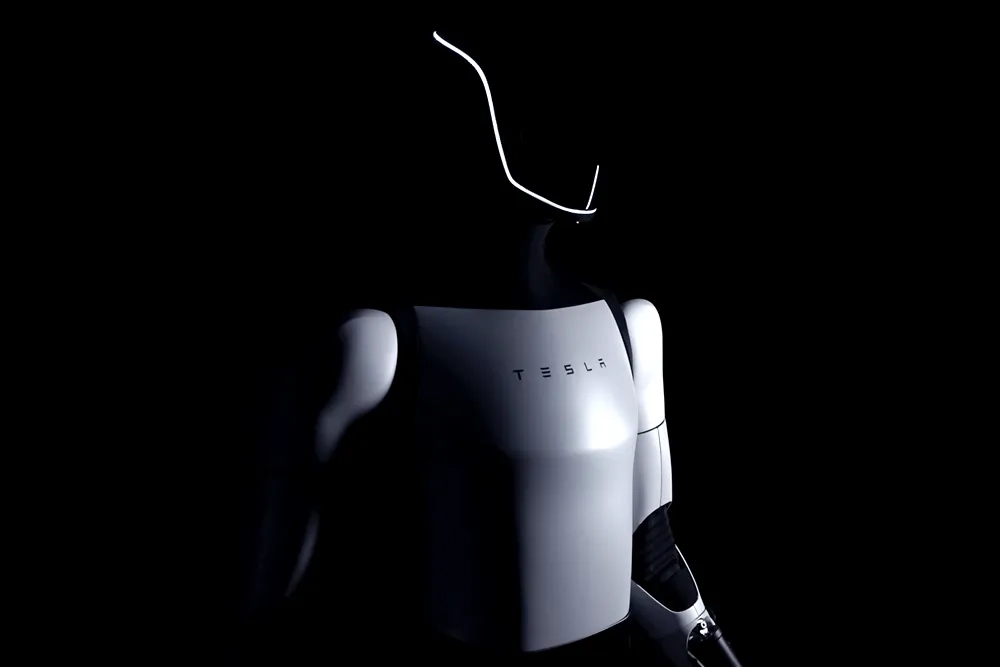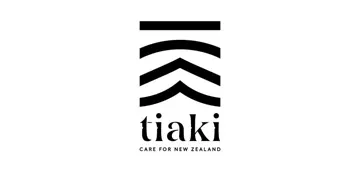First time skiing Mt Ruapehu?
We all remember our first trip to ski Mt Ruapehu. Mt Ruapehu offers a uniquely North Island skiing experience, skiing on a live volcano! – all done within one of New Zealand’s UNESCO World Heritage National Parks, the Tongariro National Park.
Mt Ruapehu, New Zealand’s highest volcano, stands in the heart of the North Island, offering an unparalleled skiing volcanic experience. Whether you’re a novice or an experienced skier, Mt Ruapehu promises adventure, stunning landscapes, and a variety of slopes to explore. This guide covers everything you need to know to make the most of your skiing trip to Mt Ruapehu, from essential gear to local tips and tricks.
Getting There
In the Tongariro National Park, Mt Ruapehu is accessible from several major cities. If you’re flying in, the nearest airports are in Auckland and Wellington. You can rent a car or take a bus to the mountain from there. The drive offers breathtaking views and takes approximately four hours from Auckland and Wellington.
Transportation Options
- Car Rental: Renting a car provides the most flexibility. Ensure your vehicle is equipped with snow chains, which are often required during the winter months.
- Bus Services: Several bus companies offer routes directly to the ski fields. This option is hassle-free and allows you to relax and enjoy the scenery.
- Train: The Northern Explorer train runs between Auckland and Wellington, stopping at National Park Village. From there, you can catch a shuttle to the ski fields.
Accommodation
Mt Ruapehu and its surrounding areas offer a range of accommodation options to suit all budgets.
On-Mountain Lodging
- Whakapapa Village: Located at the base of the Whakapapa ski area, this village offers convenient access to the slopes. Options range from budget-friendly lodges to more luxurious hotels.
- Turoa Village: This village is near the Turoa ski area and offers cozy cabins and lodges with stunning mountain views.
Off-Mountain Lodging
- National Park Village: A short drive from the ski fields, this village offers a variety of accommodations, including hostels, motels, and holiday parks.
- Ohakune: Known as the après-ski capital of the North Island, Ohakune has a vibrant nightlife and a range of lodging options.
The Ski Fields
Mt Ruapehu is home to two main ski areas: Whakapapa and Turoa. Each offers unique terrain and facilities, catering to different skill levels and preferences.
Whakapapa Ski Area
Whakapapa is the largest ski area in New Zealand and boasts a diverse range of runs, from beginner slopes to advanced trails. Key features include:
- Happy Valley: A dedicated beginner’s area with gentle slopes and magic carpets, perfect for first-timers and families.
- Intermediate Runs: Various blue runs are available for those looking to progress their skills.
- Advanced Terrain: Challenging black runs and off-piste areas for experienced skiers.
Turoa Ski Area
Turoa, known for its wide-open runs and breathtaking views, offers a fantastic skiing experience. Highlights include:
- Beginner Slopes: Gentle green runs are ideal for newcomers.
- Intermediate Trails: A mix of blue runs that provide a good challenge.
- Advanced Areas: Steep black runs and powder-filled bowls for thrill-seekers.
What will you need to ski?
To ski Mt Ruapehu, whichever ski field you choose, there are some essential items you need to be able to ski.
Of course, you need a ski pass; we have outlined options available on both ski fields. You also need ski equipment; whether you prefer skiing or snowboarding and don’t have your equipment, you will need to rent it. Finally, and most importantly, you need the correct clothing. Make sure you are dressed appropriately for the mountain conditions; it can make or break your day.
Ski Passes and Rentals
To hit the slopes, you’ll need a ski pass. Mt Ruapehu offers several options:
- Day Passes: Ideal for those planning a short visit.
- Multi-Day Passes: Offer better value if you’re skiing for several days.
- Season Passes: Best for frequent visitors, providing unlimited access throughout the season.
Rentals
Both Whakapapa and Turoa have rental shops offering a wide range of gear, including skis, snowboards, boots, and helmets. Booking in advance can save time and ensure availability.
Ski Lessons
Consider taking lessons if you’re new to skiing or want to refine your skills. Both ski areas offer classes for all ages and skill levels.
- Group Lessons: A cost-effective way to learn, perfect for beginners.
- Private Lessons: Personalized instruction tailored to your needs.
- Kids’ Programs: Fun and engaging lessons for children, ensuring they learn in a safe environment.
What to Wear
Staying warm and dry is crucial for an enjoyable skiing experience. Here’s what you’ll need:
- Base Layers: Thermal tops and bottoms to keep you warm.
- Mid Layers: Fleece or down jackets for added insulation.
- Outer Layers: Waterproof and windproof jackets and pants.
- Accessories: Gloves, hats, goggles, and neck warmers are essential to protect against the elements.
Safety Tips
Skiing can be a thrilling but demanding sport. Follow these safety tips to ensure a fun and injury-free experience:
- Know Your Limits: Stay on slopes that match your skill level.
- Warm Up: Stretch and warm up before hitting the slopes.
- Hydrate and Eat Well: Keep your energy levels up by staying hydrated and eating nutritious snacks.
- Follow the Rules: Observe all posted signs and ski area guidelines.
- Buddy System: Ski with a partner and keep an eye on each other.
Après-Ski Activities
After a day on the slopes, there’s plenty to do in the Mt Ruapehu area.
Dining
- Whakapapa: Enjoy a meal at the Pinnacles Restaurant or grab a quick bite at one of the cafes.
- Turoa: The Powderkeg Restaurant & Bar in Ohakune is famous for après-ski dining and drinks.
Relaxation
- Hot Pools: Unwind in the nearby Tokaanu Thermal Pools, where you can soak in natural hot springs.
- Spa Treatments: Treat yourself to a massage or spa treatment in Ohakune or National Park Village.
Local Tips
- Weather: Check the weather forecast before heading out, as conditions can change rapidly.
- Crowds: Weekdays are generally less crowded than weekends. Arriving early can help you avoid the busiest times.
- Events: Look for special events and festivals during your visit, adding extra fun to your trip.











